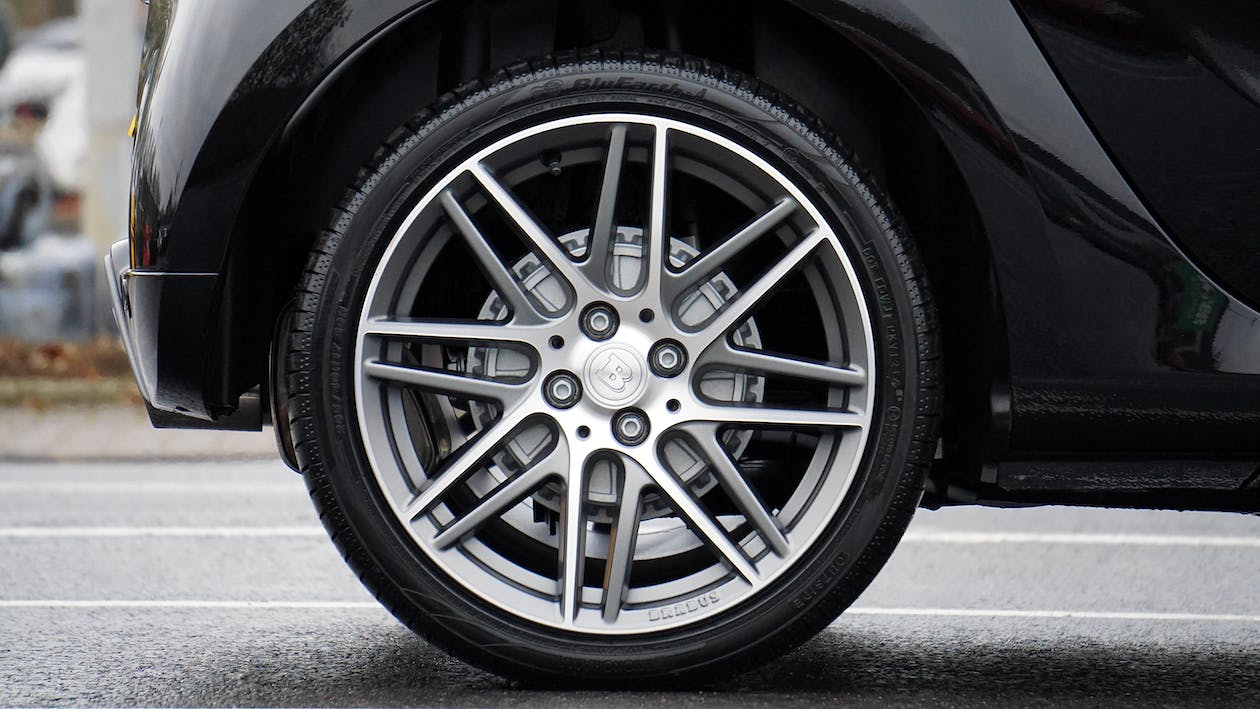Power assisted braking, also known simply as power braking, has been one of the most important inventions in the history of automobiles, mainly because of its revolutionary feature that allows mere humans to control vehicles that are much heavier than them. This feature is made possible through a system of hydraulics that is utilized to slow down the vehicle while the brakes are activated. However, there are a lot more that are hidden within power brakes that make it useful for vehicles, especially the ones that are heavy, like trucks and buses. To know more about this system, here is a brief history of power assisted braking.
What are the Parts of Power Brakes?
Before we get into the history of power brakes, let us first discuss what makes up its system of hydraulics. There are four main components to power assisted braking, and these are the brake calipers, the drum brakes, the vacuum booster, and the master cylinder.
The brake calipers are utilized in disc brakes and are primarily made of one to two hollow aluminum pistons that are also called caliper pistons. These calipers are essentially installed to slow down the wheels of the vehicle by applying friction to the wheels’ metal disks or rotors. Without these brake calipers, your vehicle wouldn’t be able to slowly or immediately stop.
The drum brakes work the same way as brake calipers, although the former’s placement is different from the latter. Drum brakes are found within the drum of the vehicle’s wheels and are there to cause friction to the wheels to make them stop whenever the brakes are activated. These drum brakes are typically found in the rear wheels of the car.
The vacuum booster is located in the interior of the car and is utilized to shorten the stopping distance. The shortened stopping distance is possible through the booster’s ability to multiply the force applied by the brakes. So, if you have a heavy vehicle like a bus, you will need a vacuum booster in its interior in order for you to slow down or stop the vehicle faster. Moreover, a vacuum booster would need a master cylinder to be attached to it, which helps in pumping out the force from the vacuum booster to the brake calipers.
All of these parts are basically essential for power assisted brakes, and with just one missing or damaged, the system will not work properly. So, it is important for owners or drivers to inspect every part of the power brakes to ensure that it is still working properly before the vehicle heads to the road.
History of Power Brakes
Years before the invention of power brakes, researchers have already studied and improved the law of hydraulics, which was developed by Blaise Pascal, for it to be applied to vehicles. With the power of liquids in constant motion, Pascal determined that a machine or an object will be able to exert pressure and increase force.
The law of hydraulics would then be applied for car brakes when an American aviation engineer named Malcolm Loughead would successfully create the first car with hydraulic brakes, the Model A Duesenberg, in 1921. However, Loughead’s hydraulic brakes were not power assisted, but its popularity among engineers during that time made it a big influence for better and more advanced hydraulic brakes in the following years. Loughead, together with his brother Allan Loughead, would eventually create the aviation company Lockheed Corporation, which is currently one of the biggest aerospace manufacturers in the United States.
Around the time after Loughead presented his invention, the Pierce-Arrow Motor Car Company, which was headquartered in Buffalo, New York, started to develop their own hydraulic brake system that uses vacuum-assist to apply more force to the brakes. This invention would soon become one of the pivotal moments in the history of power brakes, as vacuum-boosted brakes are still being used today because of their effectiveness and reliability.
Sadly, Pierce-Arrow did not last long in the industry, as they filed for insolvency in 1938 and closed their company due to the lack of sales, which is primarily caused by the company being the only luxury brand that doesn’t have a budget-friendly car model during that period. After the closing of the company, the owners of Pierce-Arrow sold their equipment and assets at an auction. Of the notable pieces of equipment that they sold are their Pierce-Arrow V12 engines, which were bought by Seagrave Fire Apparatus and were used to make fire engines or fire trucks.
Power assisted brakes remain as one of the most used types of braking systems for different car manufacturers around the world. Because of their advanced features, power brakes may still be around for many years until we develop a new braking system that exerts much more force to the brakes than hydraulics.

